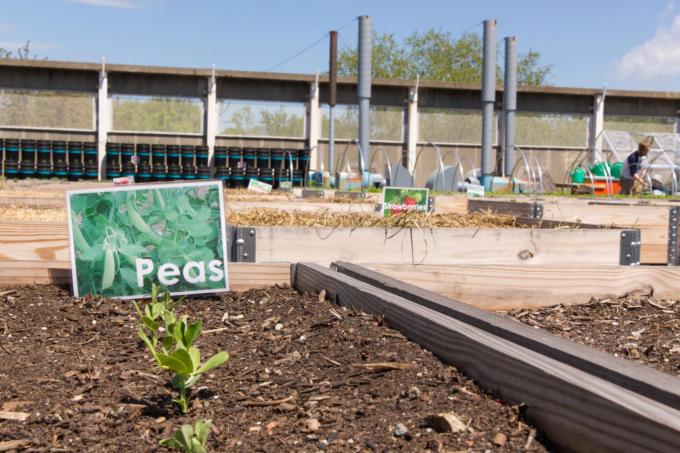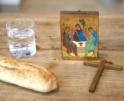
Spirituality
As I left the exhibit on urban agriculture I felt enriched and hopeful about our future. What most touched me was how highly developed gardening has become and the lives it has saved.

Hemrick
Urban agriculture, intensive gardening, an urban forest garden and companion planting are just some of the imaginative facets of gardening I learned about when walking around the U.S. Botanic Garden near my house recently.
Urban agriculture consists of planting gardens on rooftops and in vacant lots in big cities. This simple concept leads to fulfilling some of our most important human needs: the need to eat fresh, healthy vegetables, to cut food costs, to commune with Mother Nature and to help the unfortunate.
Interestingly, there is a move among some urban gardeners to plant and then distribute nutritional vegetables to those living in poverty. These gardeners are some of our best champions against the malnutrition that many of our poor suffer.
In addition to this, roof gardens create cleaner air and cool down large buildings during hot summer months, saving on energy.
Intensive gardening involves strategically planting one crop after another. In my garden, this translates into planting lettuce and radishes in spring and autumn because these plants thrive on cool weather. Many other plants like this can provide us with fresh vegetables almost year around.
The urban forest garden reminds me of my Italian relatives who planted grapevines around their patio. Once matured, the vines provided a cool covering, creating a forest-like atmosphere. My relatives then stuffed the grape leaves with lamb, rice and herbs, sprinkled with lemon and olive oil, which were delicious.
One relative grew these vines in his front room, creating a feeling of being outdoors. They also created beautiful natural drapes.
Comparison planting is the interplanting (planting a crop or plant together with another crop or plant) of herbs, flowers and vegetables. This creates beneficial habitats for pollinators and creates traps for pests. Not only do they add beauty and diversity to a garden, they also produce higher yields.
As I left the exhibit on urban agriculture I felt enriched and hopeful about our future. What most touched me was how highly developed gardening has become and the lives it has saved.
The exhibit lauds Dr. Norman Borlaug for his work with selective breeding of wheat. Because of it, wheat is more resistant to drought and insects. And because of him, millions who would have died of starvation and malnutrition have lived.
There are many more unsung heroes like Dr. Borlaug who are using their agricultural knowledge to help not only poor nations but also the poor in our nation.
I believe that many of our world problems would be far less if more people put into practice the lessons of the agricultural heroes featured in the botanical garden.
FATHER HEMRICK IS A COLUMNIST WITH THE CATHOLIC NEWS SERVICE.
- FatherEugene Hemrick is a columnist for Catholic News Service
Recent articles in the Spirituality section
-
No line-drawingMichael Pakaluk
-
Physician-assisted suicide is a slippery slopeCardinal Seán P. O’Malley
-
He saw the cloths and believedBishop Robert Barron
-
God's instrument for viewing the crucifixionMichael Pakaluk
-
QuinquagesimaMichael Pakaluk


















